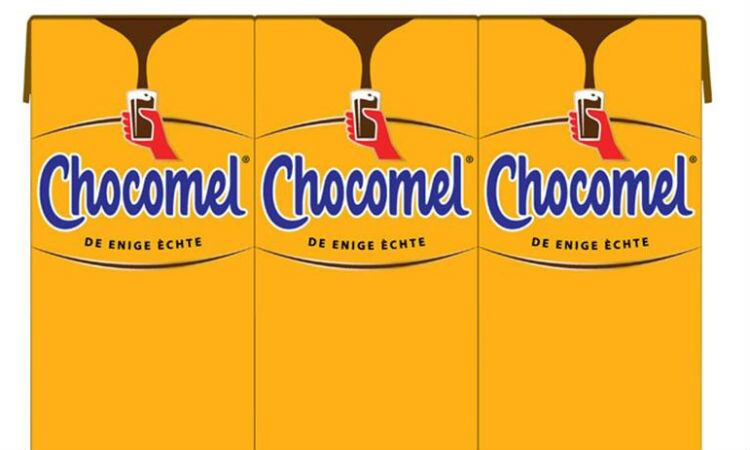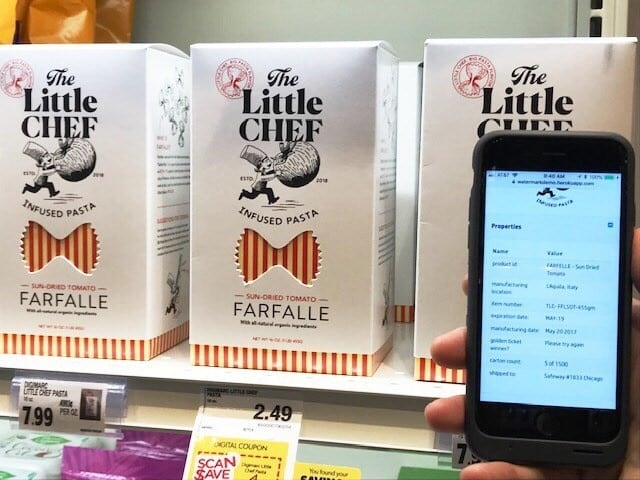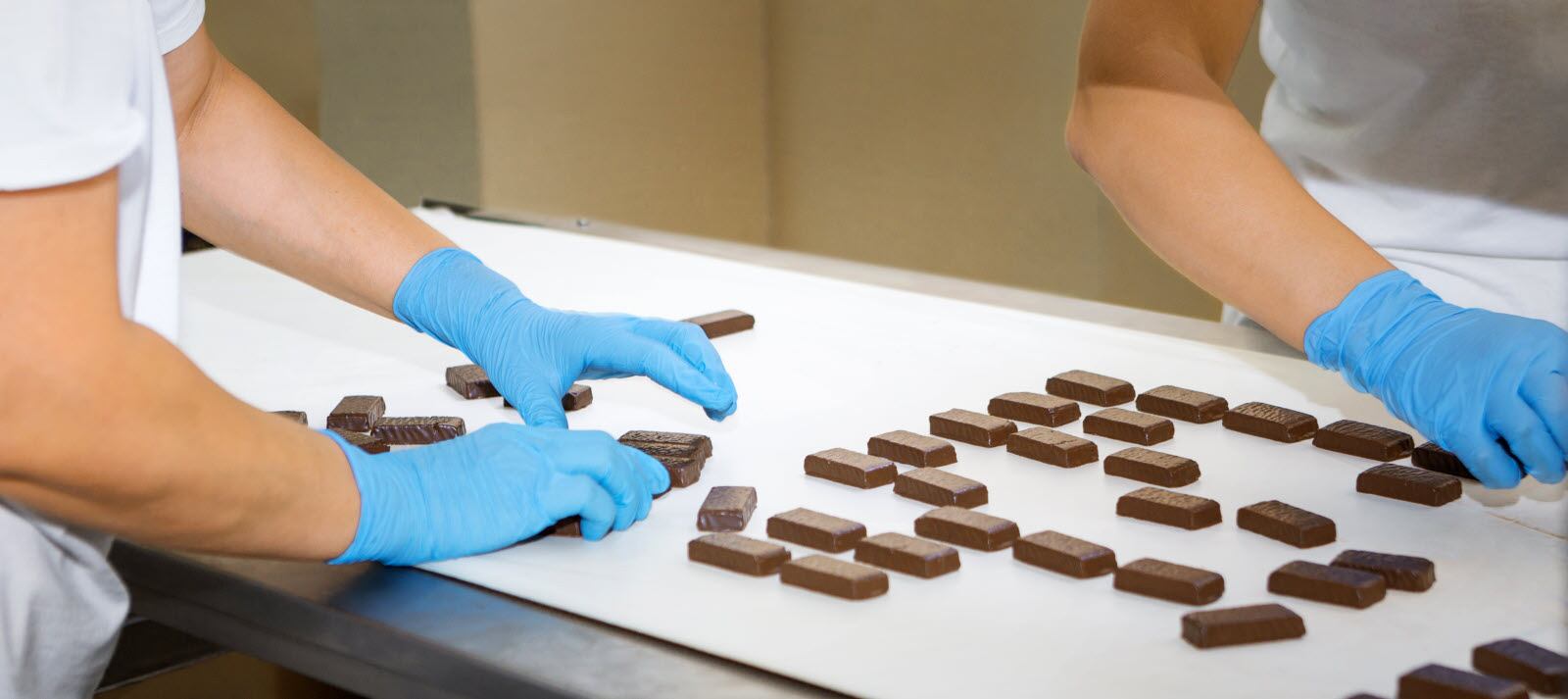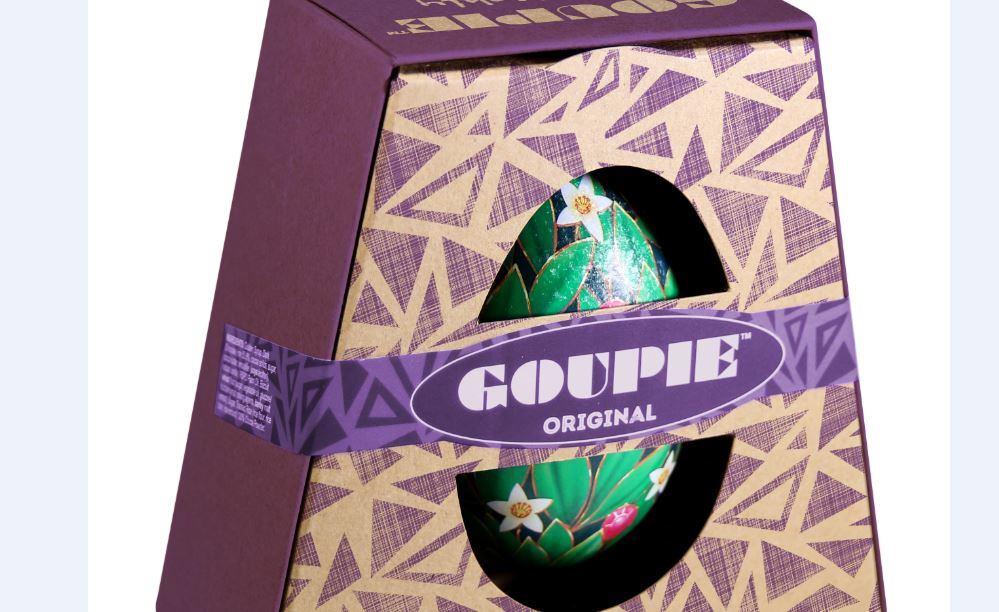The rapid pace at which industrial development is taking place, especially in the food processing industry and the need for new types of packaging materials with desired functional properties has certainly grown over the past couple of years.
Nevertheless, the problem of using plastic packaging which does no good to the environment remains unsolved. Therefore, the development of biodegradable or edible food packaging has generated considerable interest at present, owing to the growing demand from consumers for natural and biodegradable materials as well as the demand for safe, high-quality and convenient foods.
Fabricated (using edible compounds such as lipids and/or resins, proteins, surfactants, polysaccharides, and other edible compounds or edible packaging materials) are meant to be eaten along with the food products.
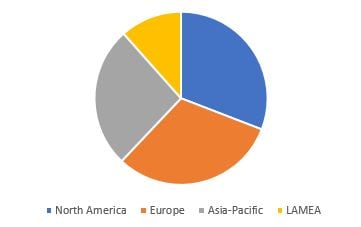
They are considered an attractive alternative to other kinds of packaging due to their ability to protect foods, enhanced sensory characteristics, control-release active ingredients, and more.
The edible packaging market is witnessing rapid growth in recent years. It is mainly driven by the desire to reduce packaging waste and increasing the shelf life of food products, and the growing demand for processed food products.
However, factors such as high costs of edible packaging and high regulatory requirements restrain the growth of the industry. On the other hand, advancement in technologies is likely to offer lucrative opportunities for the industry growth.
As per the report published by Allied Market Research, the edible packaging market garnered $697m in 2016 and is expected to accrue a sum of $1,097m by 2023, growing at a CAGR of 6.81% from 2017 to 2023.
Several companies in the space started adopting edible packaging for various applications. They also adopt strategies such as product launches to expand their market share and grow their presence globally.
For instance, in March 2018, Selfridges, a renowned store in the UK, unveiled its Ooho!, the world’s first edible water bottle. In August 2018, Diageo plc, a British alcoholic beverage company, launched flavored edible straws to go with its line of ready-to-drink (RTD) canned serves.
In May 2018, FrieslandCampina, a Dutch multinational dairy cooperative company, launched a new packaging made of plant material for its chocolate product, Chocomel.
Ooho Launched by Selfridges
The edible water bottles launched by Selfridges are composed of seaweed and contains filtered London tap water. Having a much lower amount of carbon dioxide than other water options, the product is a more sustainable and environmentally friendly option than other liquid or beverage containers available in groceries.
The innovative bottle was created keeping in mind the issue of growing environment waste. It is capable of degrading to its original elements in case it’s thrown in garbage cans. Available at Selfridges’ London store, Ooho comes in various flavors such as in blackcurrant, charcoal & lime juice, plain water and strawberry & rose.
Edible Straws Launched by Diageo
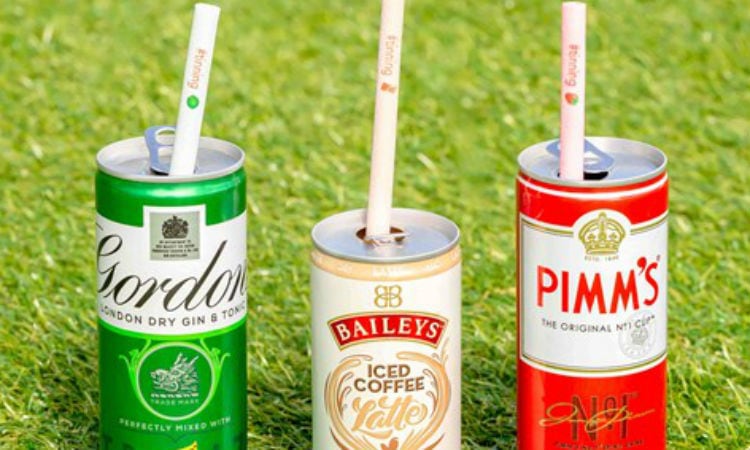
The environmentally friendly and flavored edible straws created by Diageo comes as a response to its true commitment to ruling out the use of plastic straws and stirrers all over the world. They are designed in a way that complements one of its RTD offerings including flavors such as lemon, lime, strawberry, and chocolate.
FrieslandCampina Launches New Liter Pack
FrieslandCampina’s Chocomel got a new package design in May 2018. Composed of 80% raw plant material, the cardboard packaging is made of wood and sugar, is yellow in color, and a plant-based outer plastic layer. According to the company, the innovative packaging is sustainable and eco-friendly and complements the company’s goal to provide better nutrition for consumers around the world and a good living for farmers and future generations.
Jan-Willem ter Avest, director of corporate media relations, said, “FrieslandCampina is working on the retention of pasture grazing, continuous improvement of animal health and animal welfare and the preservation of biodiversity. The aim is to reduce the use of scarce natural resources such as water, raw materials, and fossil fuels. FrieslandCampina aims to keep the emission of greenhouse gases in 2020 equal to 2010 levels.”
- Allied Market Research is a market research and advisory company of Allied Analytics LLP, and provides business insights and market research reports to large as well as small and medium enterprises.

